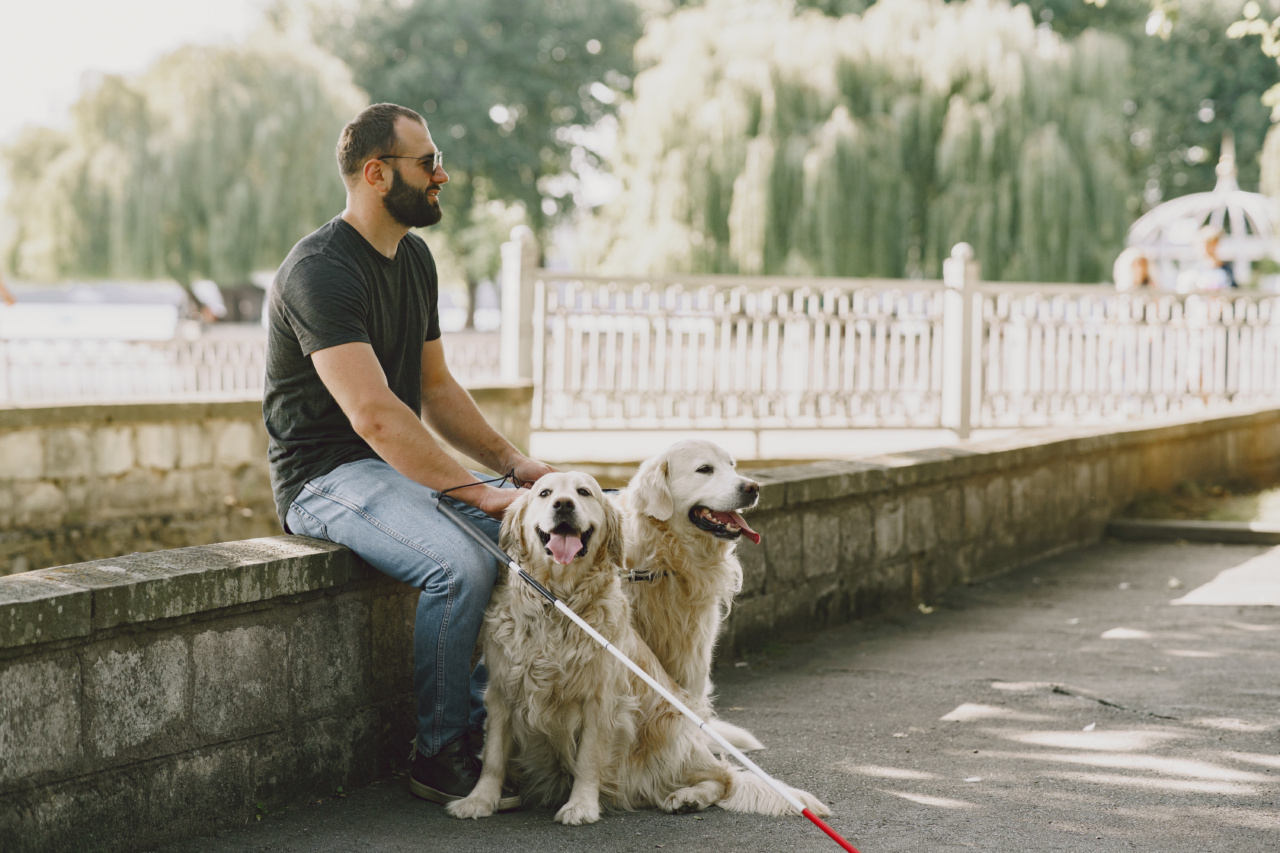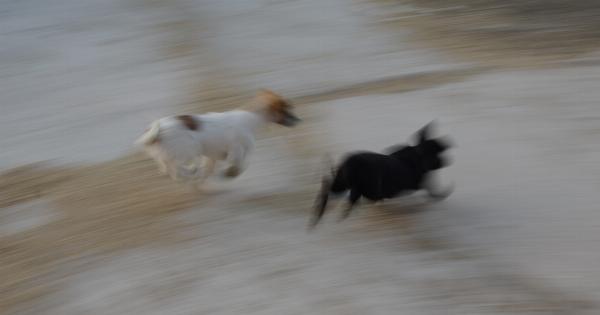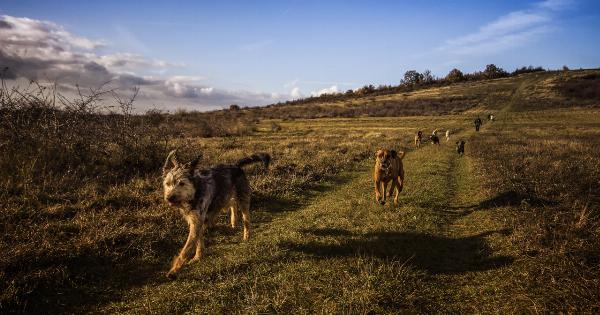Guide dogs are specially trained to assist those with visual impairments. These dogs are known to be intelligent, reliable, and compassionate. These dogs are not only there to guide physically, but also provide an emotional and social connection.
These canines serve as an assistance to help the blind to navigate through life with ease and confidence.
Getting the Right Breed
The first step in training a guide dog is to select the right breed because their temperament and personality play a vital role in their success as a service dog.
Labrador Retrievers, Golden Retrievers, and German Shepherds, are the most common breeds chosen for guide dog training programs around the world.
Early Socialization and Training
The first year of a guide dog’s life is critical for socialization and training. Guide dog training programs place puppies in foster homes when they are around eight weeks old. These homes provide an atmosphere of care, attention, and socialization.
This process makes the pup more adaptable to different environments, people, and animals. The guide dog training program will conduct frequent visits with the foster care provider to assess their puppy’s development, offer guidance and assistance, and implement training techniques based on observed puppy behavior and progress.
Obedience Training
Guide dog trainers start with basic obedience training, such as sitting, staying, and walking on a leash.
Eventually, the puppy will progress to more challenging tasks that require focus, such as ignoring distractions like loud noises and not chasing other animals. The program also works on the dog’s focus, so they will learn to ignore anything that may interrupt their work, such as other dogs, people, or items that are not a part of their designated route or task.
Scent Training
A crucial part of guide dog training is teaching them to follow scents. This training is essential, especially when crossing streets.
The dog is trained to stop at corners to wait for commands from the handler, and once given, the dog will look for the scent of the destination to guide them there safely. Guide dogs can also be trained to find specific objects or locations, which can prove useful for the blind.
Mobility Training
Trainers will also teach the dog how to guide their handler through different environments, such as stairs, elevators, and public transportation. They will lead their handlers around obstacles, up and down stairs, and through doorways.
It’s also crucial for guide dogs to know how to navigate around obstacles or obstructions, such as signposts or fire hydrants.
Handler Training
The training process for a guide dog also includes a significant focus on the handler. The handler must learn how to build a relationship with their new guide dog, develop good communication, and learn to give and take commands.
They must respond promptly, communicate clearly, and anticipate their dog’s initiative and movements. Handlers must also learn how to care for their guide dog, such as providing proper grooming, nutrition, and exercise.
Public Access Rights and Etiquette
One of the essential aspects of the training of guide dogs is learning their way around the world. This means knowing how to go on public transport, navigate around shops, and go into restaurants.
Handlers and guide dogs have the right to enter all public places, including grocery stores, public buildings, and restaurants. Handlers also need to understand the importance of guide dogs and promote etiquette so that others recognize the role of these animals. Dogs are trained to stay quiet and calm in public environments, so the public should not touch or distract them.
The Importance of Consistency and Reinforcements
The most significant aspect of training a guide dog for a blind owner is consistency and reinforcement. Guide dogs are working dogs, and they need proper training and exercise to perform their roles correctly.
Proper training and reinforcement will ensure that the dog provides their best, and the handler can build trust with their guide dog. Training and reinforcement should persist even after the guide dog and its handler have completed their formal training program and entered into daily life together.
The Benefits of Guide Dogs for Blind Owners
Guide dogs serve as a critical link to independence and mobility for the blind. Guide dogs enable their owners to navigate without relying on others and build a stronger sense of freedom and independence.
With their dog by their side, they are more confident and able to pursue previously impossible activities. A guide dog provides companionship and helps alleviate feelings of loneliness and social isolation that can come with visual impairment.





























